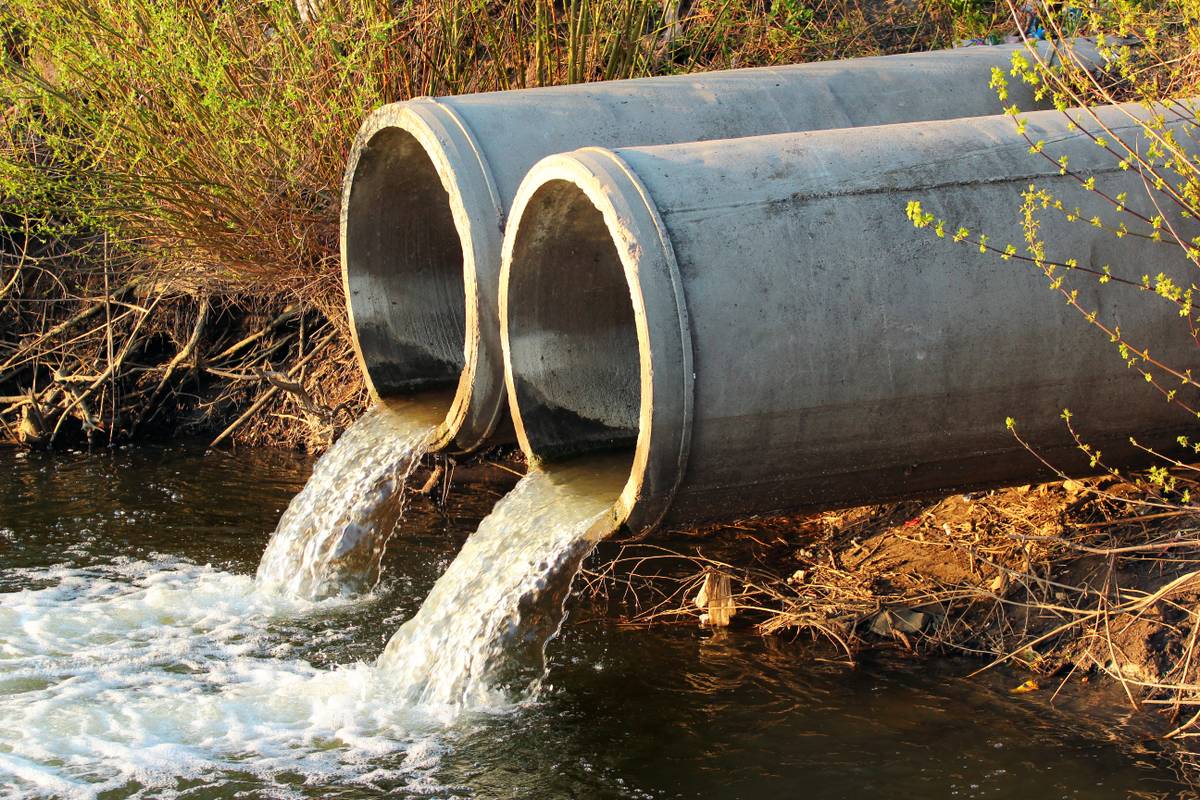
A brine-free ion exchange system that removes multiple water contaminants with simultaneous desalination using CO₂ as the sole regenerant
Lehigh researchers Arup SenGupta and John Fox are reimagining how cities address water scarcity. Their patented HIX-Desal process uses carbon dioxide, not chemicals or high energy, to transform wastewater into fresh, usable water in a single step. The team is piloting this system at the Allentown wastewater treatment plant, aiming to reclaim up to 85% of the water processed. By demonstrating this low-impact, high-efficiency approach, they’re creating a scalable model for sustainable water recovery that could help cities worldwide adapt to population growth and climate pressures.
Background
Water treatment systems face increasing challenges in removing trace contaminants such as nitrate, fluoride, phosphate, and arsenic, particularly in brackish water sources.
Traditional ion exchange methods rely on acids and alkalis for regeneration, creating large volumes of chemical brine waste that is expensive to manage and environmentally damaging.
This presents a growing need for cost-effective, selective, and sustainable water purification technologies.
Technology Overview
Researchers at Lehigh University developed a two-bed ion exchange process that simultaneously removes multiple contaminants and performs desalination using only CO₂ as the regenerant.
- Bed 1: Hybrid anion exchanger with zirconium oxide nanoparticles (HAIX-NanoZr) captures nitrate, fluoride, phosphate, and arsenic with high selectivity.
- Bed 2: Weak-acid cation exchange fibers (WAC-Fiber) remove bicarbonate salts, reducing total dissolved solids (TDS).
The system operates in a countercurrent mode where both beds are regenerated sequentially using pressurized CO₂ and eliminates the need for mineral acids or alkalis, thus preventing the generation of hazardous brine waste.
Benefits
- Brine-free operation: No hazardous regenerant chemicals; minimal waste stream
- High selectivity: Effective for nitrate, fluoride, phosphate, and arsenic removal
- Sustainable regeneration: Uses CO₂, enabling potential carbon sequestration benefits
- Retrofit-ready: Compatible with existing ion exchange systems
- Cost-efficient: Reduces operational costs linked to chemical handling and waste disposal
Applications
- Drinking water treatment for municipal and rural communities
- Brackish water desalination for agriculture and industrial use
- Wastewater reuse and reclamation projects
- Groundwater remediation in regions with fluoride, nitrate, or arsenic contamination
